How to Make DIY Branch Decorations
Are you tired of the same old decorations cluttering your space? Want to bring a touch of nature indoors without breaking the bank? Well, you're in for a treat! This article explores creative and simple ways to craft beautiful decorations using branches. From centerpieces to wall art, there's no limit to what you can create. So, grab your tools and let's dive into the world of DIY branch decorations!
Selecting suitable branches is crucial for your DIY project. You want to ensure that the branches you choose are not only aesthetically pleasing but also structurally sound. Look for branches that are sturdy, without cracks or significant blemishes. Some popular types include willow, birch, and even driftwood. When gathering branches, consider the following:
- Length and thickness: Ensure they fit your design vision.
- Color: Natural hues can add warmth to your decor.
- Texture: Unique textures can create visual interest.
By paying attention to these aspects, you'll set a solid foundation for your beautiful creations!
Before crafting, proper preparation of branches is essential. This section covers cleaning, drying, and treating branches to ensure durability and enhance their visual appeal in your decorations. Remember, a well-prepared branch can make all the difference in your finished piece!
Effective cleaning methods for branches can enhance their appearance. Removing dirt and debris is vital to showcase the natural beauty of the wood. One of the simplest ways is to use soapy water. Here’s how:
Soaking branches in soapy water helps to loosen grime. Fill a bucket with warm water and add a few drops of mild dish soap. Immerse the branches and let them soak for about 30 minutes. After soaking, gently scrub the branches with a soft brush to remove any stubborn dirt. Rinse thoroughly and let them dry completely before moving on to the next step.
Proper drying is vital to prevent mold and decay. After cleaning, ensure your branches are laid out in a well-ventilated area. Avoid direct sunlight, as it can warp the wood. Instead, let them air dry for a few days. If you're in a hurry, you can use a fan to speed up the process, but ensure they are completely dry before applying any treatments.
Applying treatments can extend the life of your branches. Find out about different finishes and sealants that protect against environmental factors while enhancing aesthetics. A clear wood sealer can provide a protective layer, while wood stain can add color and depth. Choose a product that suits your style and the intended use of your decorations.
Unleash your creativity with unique design ideas using branches. The beauty of branch decorations lies in their versatility. Here are some inspiring ideas to get your creative juices flowing!
Creating rustic centerpieces from branches can add charm to any table. Imagine a dining table adorned with a beautiful arrangement of branches, flowers, and candles. To design eye-catching arrangements, consider layering branches of varying heights and textures. Add some natural elements like moss or stones for an earthy touch.
Transforming branches into wall art is a creative way to display nature indoors. You can arrange branches in geometric patterns, or even create a tree silhouette on your wall. Use nails or adhesive hooks to secure them in place, and don't forget to incorporate other elements like fabric or paint to enhance the overall look.
Enhancing branch decorations with additional materials can elevate your designs. Mixing branches with other elements creates a cohesive look that can fit any decor style. For example, consider integrating:
Incorporating florals with branches creates a beautiful contrast. Choose flowers that complement the natural tones of the wood. You can attach flowers directly to the branches using floral wire or place them in small vases nestled among the branches for a stunning arrangement.
Lighting can dramatically enhance the ambiance of branch decorations. Wrap fairy lights around the branches or place candles at the base for a warm, inviting atmosphere. This not only adds a magical touch but also creates a cozy environment perfect for gatherings.
Q: Can I use any type of branch for decorations?
A: While you can use various types of branches, it's best to choose those that are sturdy and visually appealing, such as willow or birch.
Q: How do I ensure my branches don’t attract pests?
A: Cleaning and treating your branches properly can help prevent pests. Always dry them thoroughly and consider using a sealant.
Q: What other materials can I use with branches?
A: You can incorporate flowers, lights, fabric, and even stones or glass for unique designs.
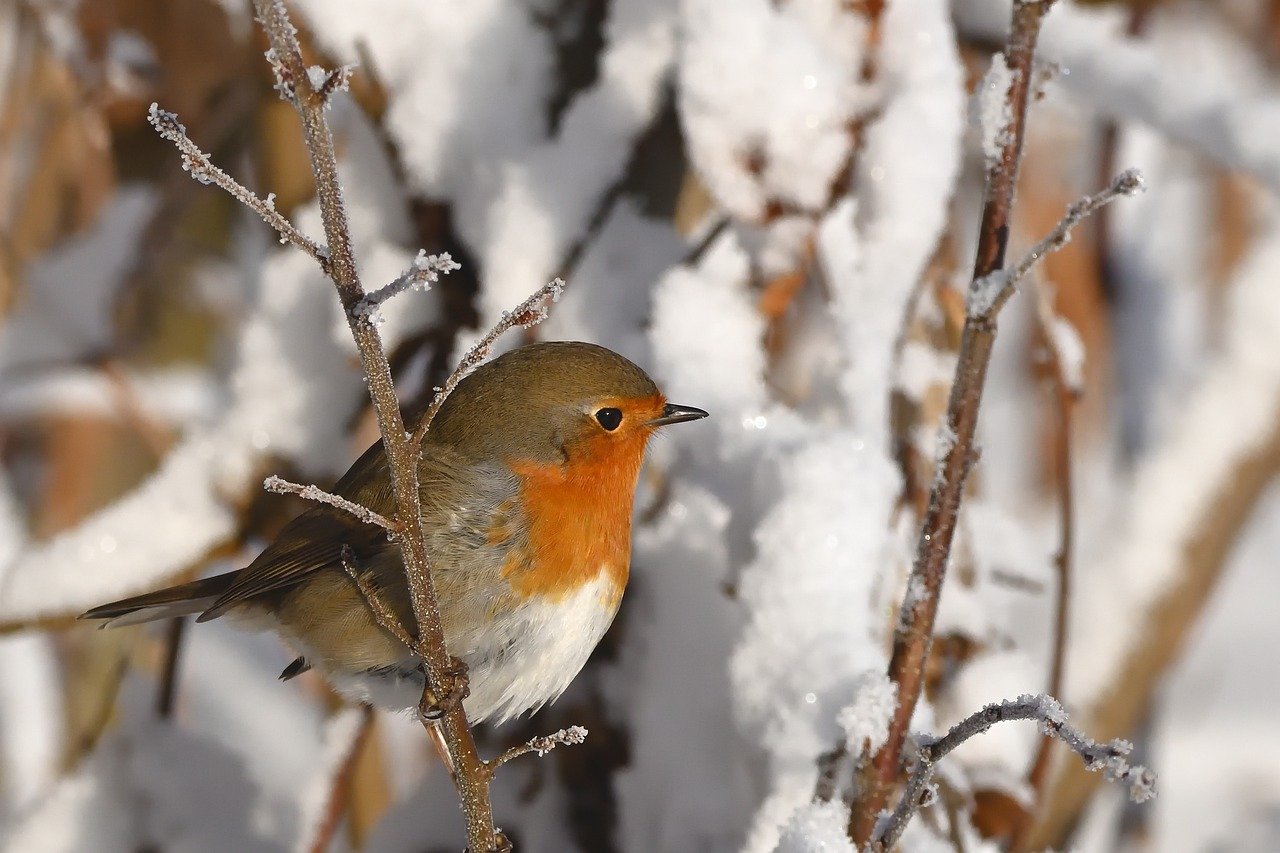
Choosing the Right Branches
When it comes to crafting beautiful decorations from branches, choosing the right ones is absolutely crucial. Not all branches are created equal, and selecting the right type can make the difference between a stunning piece of decor and something that just looks out of place. So, how do you go about finding branches that are both aesthetically pleasing and structurally sound? First, consider the type of wood you want to work with. Different woods have unique textures and colors, which can dramatically affect the overall look of your project.
For example, branches from birch trees are known for their beautiful white bark and can add a touch of elegance to your decor. On the other hand, willow branches are flexible and can be shaped into various forms, making them perfect for creative arrangements. It's also important to think about the size and shape of the branches you want to use. Long, slender branches can create a dramatic effect, while shorter, thicker ones can provide stability for larger arrangements.
When gathering branches, look for those that are free from damage and decay. Signs of rot or insect infestations can compromise the integrity of your decor, so it's best to avoid those. Additionally, consider the season in which you're collecting branches. Spring and summer often yield fresh, vibrant options, while autumn can provide branches with beautiful colors and textures. Remember, the goal is to find branches that will not only look good but also stand the test of time.
To help you in your selection process, here are a few tips to keep in mind:
- Inspect for Damage: Always check for cracks, rot, or signs of insect damage.
- Consider the Aesthetic: Think about how the branch's color and texture will fit in with your existing decor.
- Think About Size: Choose branches that will suit the scale of your intended project.
In conclusion, selecting the right branches is a blend of art and science. By paying attention to the type, size, and condition of the branches, you can ensure that your DIY decorations will be both beautiful and durable. So grab your tools, head outdoors, and start gathering those perfect branches for your next creative endeavor!
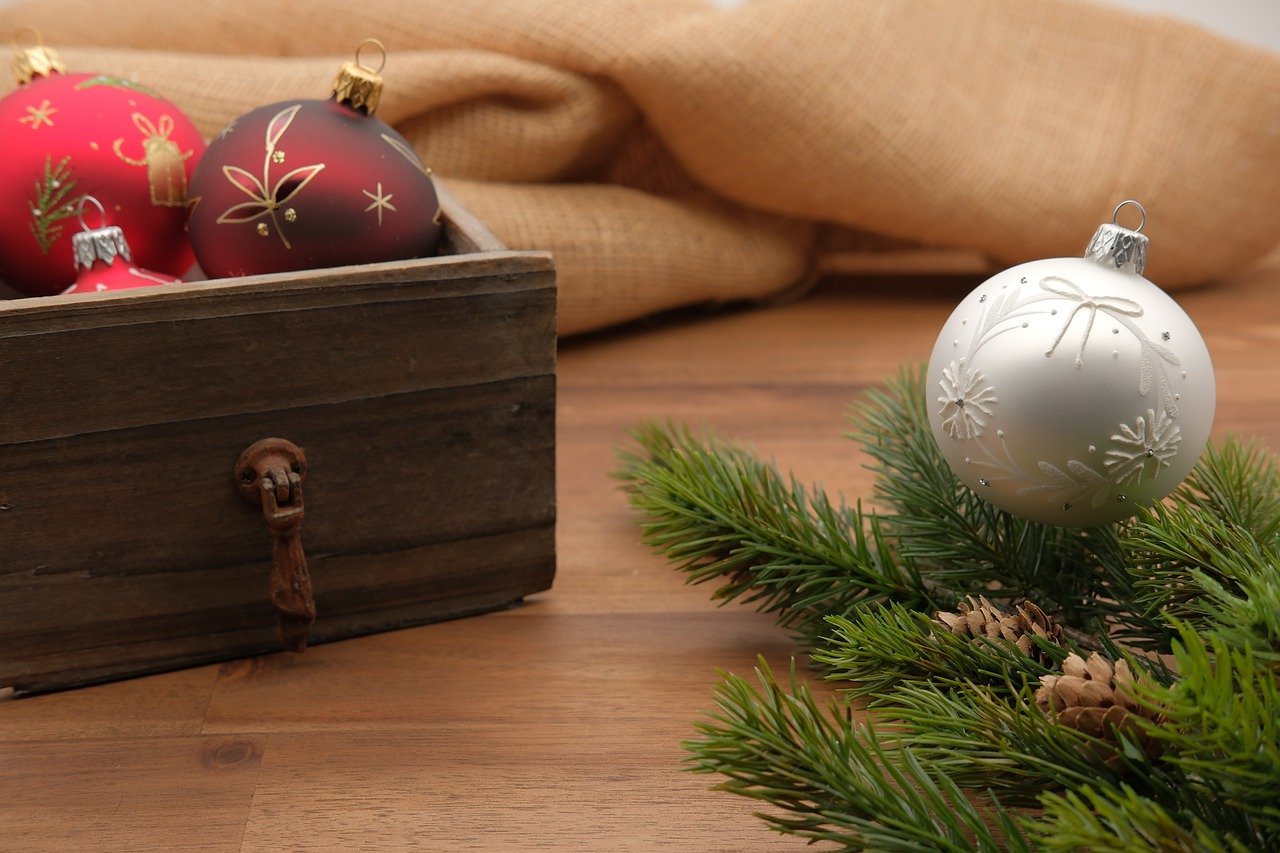
Preparing the Branches
Before diving into your creative DIY project, it's essential to focus on . This preparation is crucial not only for the aesthetics of your decorations but also for their longevity. Properly prepared branches can withstand the test of time and remain a beautiful part of your home decor for years to come. Let's explore the steps necessary to ensure your branches are ready for crafting.
Effective cleaning methods for branches can enhance their appearance significantly. Imagine finding a beautiful branch in the woods, but it’s covered in dirt and grime. Cleaning it properly is the first step towards transforming it into a stunning decoration. There are various techniques you can use, but the key is to balance thoroughness with care. You don't want to strip away the natural beauty of the wood.
One of the most effective methods for cleaning branches is to soak them in soapy water. This technique helps to loosen grime and dirt without damaging the wood. Here’s how you can do it:
- Fill a large basin or tub with warm water and add a few drops of mild dish soap.
- Submerge the branches in the soapy water and let them soak for about 30 minutes.
- After soaking, use a soft brush or cloth to scrub away any remaining dirt.
- Rinse the branches thoroughly with clean water to remove any soap residue.
This method not only cleans the branches but also prepares them for further treatment.
Once your branches are clean, the next step is to dry them properly. Proper drying is vital to prevent mold and decay, which can ruin your hard work. There are a couple of effective drying methods you can employ:
- Air Drying: Simply place the branches in a well-ventilated area away from direct sunlight. This method can take a few days but is gentle on the wood.
- Using a Fan: If you're in a hurry, using a fan to circulate air around the branches can speed up the drying process.
Whichever method you choose, ensure that the branches are completely dry before moving on to the next step. This will help maintain their integrity and prevent any unwanted surprises later on.
After cleaning and drying, applying treatments can significantly extend the life of your branches. Think of this step as giving your branches a protective armor against environmental factors. There are various finishes and sealants available that can enhance the aesthetics of the wood while providing protection. Some popular options include:
| Finish Type | Benefits |
|---|---|
| Polyurethane | Durable, water-resistant finish that enhances the natural grain. |
| Wood Stain | Adds color while highlighting the wood's texture. |
| Clear Sealant | Protects the wood without altering its color. |
Choosing the right treatment will depend on the look you want to achieve and the conditions in which your decorations will be displayed. Always follow the manufacturer's instructions for the best results.
In conclusion, preparing your branches is a vital step in your DIY decoration journey. By cleaning, drying, and treating your branches properly, you set the stage for beautiful and lasting decorations that will enhance your home. So, gather your materials, roll up your sleeves, and get ready to create something truly special!
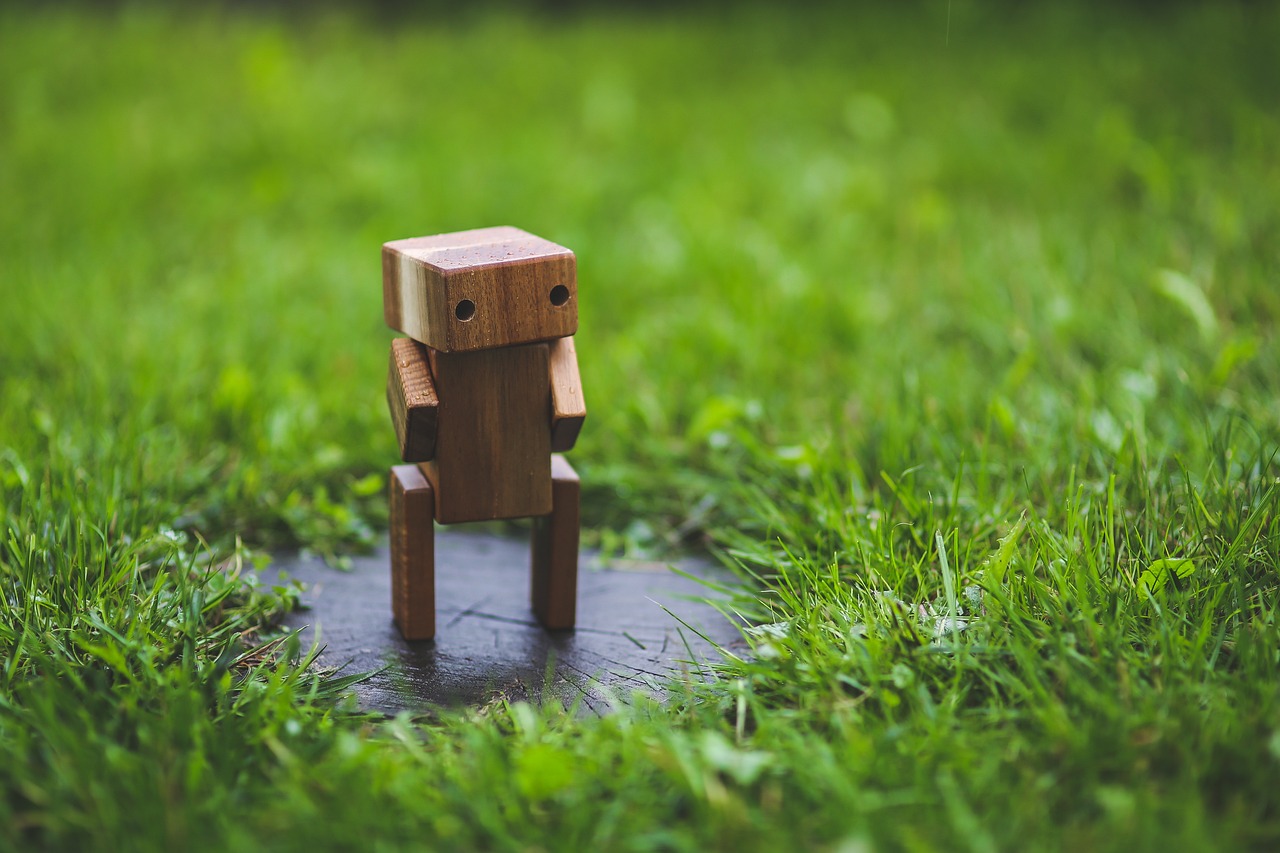
Cleaning Techniques
When it comes to crafting beautiful decorations from branches, one of the most overlooked yet essential steps is cleaning. You might be tempted to skip this process, thinking that nature's imperfections add character, but trust me, a little cleaning can go a long way in enhancing the overall look of your decorations. Imagine pulling a beautifully crafted centerpiece together only to have it marred by dirt and grime! So, let’s dive into some effective cleaning techniques that will leave your branches looking fresh and ready to shine.
First up, we have the classic method of using soapy water. This technique is straightforward yet highly effective. By soaking your branches in a solution of warm water and mild dish soap, you can loosen up any stubborn dirt and debris without damaging the wood. Just make sure to use a gentle soap to avoid any harsh chemicals that could harm the natural fibers of the branches. After soaking for about 15-20 minutes, gently scrub the branches with a soft brush or cloth to remove the grime. Rinse them thoroughly under clean water to ensure no soap residue remains, which could interfere with any finishing products you plan to use later.
Next, let’s talk about the importance of drying your branches properly. After cleaning, it’s crucial to dry them adequately to prevent any mold or decay. You can lay the branches flat on a clean towel in a well-ventilated area or hang them upside down to allow gravity to help remove any excess moisture. This step is vital because it not only ensures that your branches are ready for decoration but also helps maintain their structural integrity. Remember, a damp branch is a breeding ground for unwanted growth!
Additionally, you might want to consider using a natural disinfectant for extra protection. A simple mixture of vinegar and water can work wonders in killing any lingering bacteria while also giving your branches a nice shine. Just mix equal parts vinegar and water in a spray bottle, lightly mist the branches, and wipe them down with a soft cloth. This method not only cleans but also helps to preserve the natural beauty of the wood.
In summary, cleaning your branches is a crucial step that should not be overlooked. By using soapy water, ensuring proper drying, and considering natural disinfectants, you can elevate your DIY branch decorations to a whole new level. Remember, clean branches are happy branches, and they will certainly reflect that in your stunning home decor!
- How do I know if a branch is suitable for decoration? Look for branches that are not too brittle or decayed. They should be sturdy and visually appealing, with interesting textures or shapes.
- Can I use branches from my backyard? Absolutely! Just make sure to clean them properly and check for any pests or diseases before using them in your decorations.
- What if the branches are still wet after cleaning? If they remain damp, allow them more time to dry in a well-ventilated area. Avoid using them until they are completely dry to prevent mold growth.
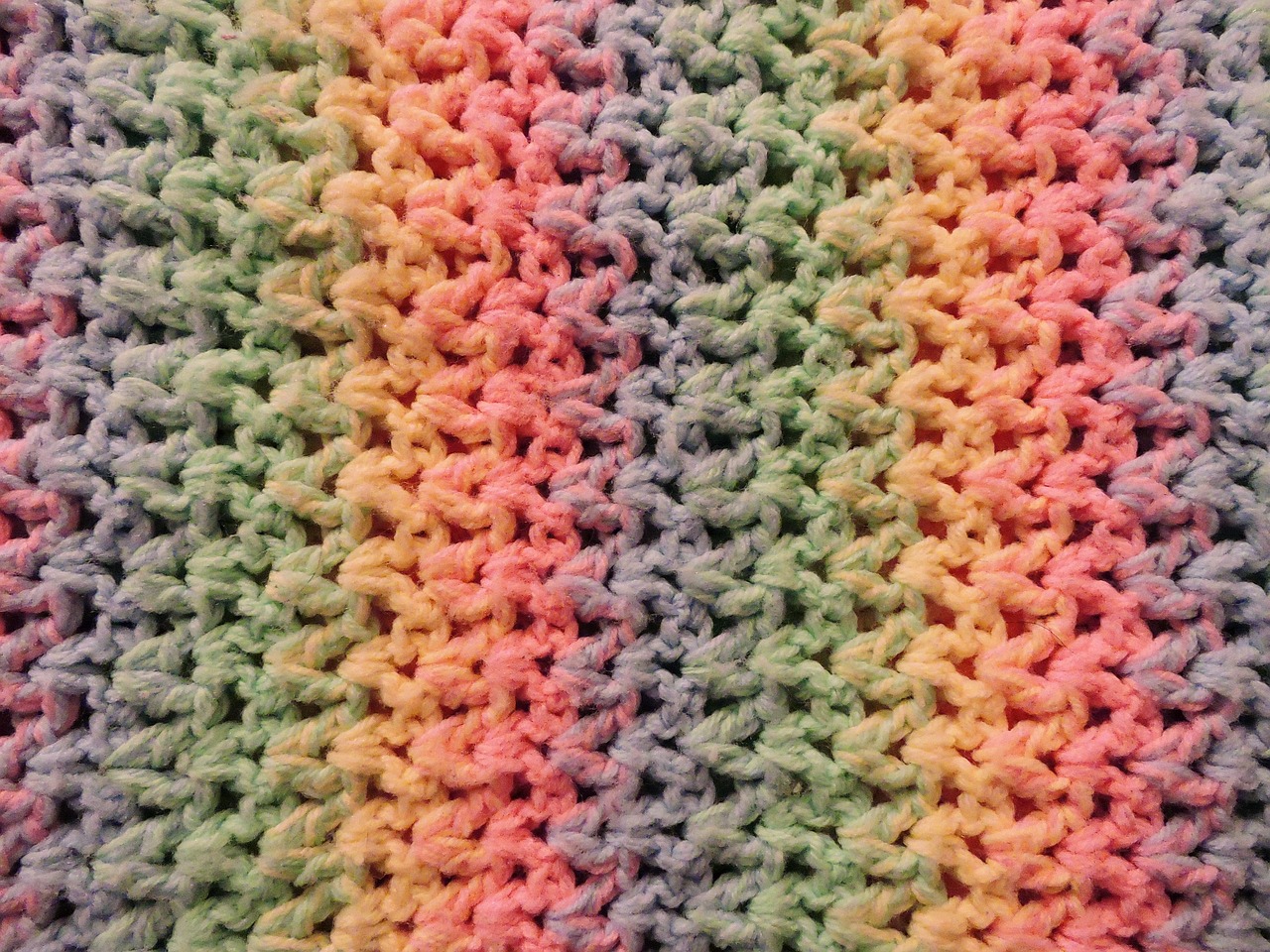
Using Soapy Water
When it comes to cleaning branches for your DIY decorations, using soapy water is one of the most effective methods. This technique not only helps to remove dirt and grime but also preserves the natural beauty of the wood. The process is simple and can be done in just a few steps. First, you'll want to gather your supplies: a bucket, warm water, mild dish soap, and a soft brush or cloth. The key here is to use a gentle soap that won't strip away any of the wood's natural oils.
Start by filling your bucket with warm water and adding a few drops of the soap. It's important to mix it well to create a soapy solution. Once your mixture is ready, take the branches and submerge them in the soapy water. Let them soak for about 15-20 minutes. This soaking process is crucial as it loosens any stubborn dirt, making it easier to clean. After soaking, take your soft brush or cloth and gently scrub the branches, paying special attention to any crevices where dirt may hide.
After you've scrubbed the branches, rinse them thoroughly under clean, running water to remove any soap residue. This step is vital because leftover soap can create a film on the wood, detracting from its natural look. Once rinsed, gently pat the branches dry with a clean towel. Avoid harsh rubbing, as this can damage the wood's surface. After drying, place the branches in a well-ventilated area to allow them to air dry completely. This is essential to prevent mold and ensure they’re ready for your creative projects.
Remember, the goal is to enhance the beauty of the branches while ensuring they are clean and safe to use in your decorations. Soapy water is a fantastic, eco-friendly solution that not only cleans but also prepares your natural materials for an amazing transformation into stunning home decor.

Drying Methods
Once you've cleaned your branches, the next critical step is ensuring they are properly dried. This process is vital to prevent mold growth and decay, which can ruin your beautiful DIY decorations. There are several effective methods for drying branches, and choosing the right one can depend on the size and type of branches you have gathered.
One of the most straightforward methods is to simply air dry your branches. This involves placing them in a well-ventilated area away from direct sunlight. Sunlight can cause the wood to crack or warp, so finding a shady spot is essential. Lay the branches flat on a clean surface, ensuring they are not stacked on top of each other to allow for adequate airflow. Depending on the thickness of the branches, this method can take anywhere from a few days to a couple of weeks. Patience is key here, as rushing the drying process can lead to undesirable results.
If you're in a hurry, you might consider using a dehydrator. This method can significantly speed up the drying process. Simply place the branches in the dehydrator and set it to a low temperature. Keep an eye on them, as the drying time can vary. Typically, it might take a few hours to a day, depending on the thickness of the branches. This method is particularly useful for smaller branches or twigs that you want to incorporate into more intricate designs.
Another effective method is the use of an oven. Preheat your oven to a low temperature, around 200°F (93°C), and place the branches on a baking sheet lined with parchment paper. Make sure to keep the oven door slightly ajar to allow moisture to escape. Check the branches every 30 minutes to ensure they are not burning. This method can be completed in a couple of hours, making it a quick solution for those who need their branches dried sooner rather than later.
Lastly, if you have access to a microwave, this can be a surprisingly effective method for drying small branches. Wrap the branches in a paper towel and place them in the microwave. Heat them in short bursts of 30 seconds, checking frequently to avoid scorching the wood. This method is fast and can take as little as a few minutes, but it requires careful monitoring to ensure the branches don’t get damaged.
In summary, whether you choose to air dry, use a dehydrator, oven, or microwave, each method has its advantages. For large branches, air drying is often best, while smaller twigs can benefit from the speed of the microwave or dehydrator. Whichever method you opt for, ensure that your branches are completely dry before proceeding to the next steps of your DIY project. This will not only enhance the durability of your decorations but also maintain their natural beauty.
- How long does it take for branches to air dry?
The time can vary from a few days to a couple of weeks, depending on the thickness of the branches and environmental conditions.
- Can I use branches that are still green?
It's best to use branches that are already dried, as green branches can mold and decay more easily.
- Is it safe to use an oven for drying branches?
Yes, as long as you keep the temperature low and monitor them closely to prevent burning.

Treating for Longevity
This article explores creative and simple ways to craft beautiful decorations using branches. Discover techniques, materials, and inspiration to transform natural elements into stunning home decor.
Selecting suitable branches is crucial for your DIY project. Learn how to identify and gather branches that are both aesthetically pleasing and structurally sound for your decorations.
Before crafting, proper preparation of branches is essential. This section covers cleaning, drying, and treating branches to ensure durability and enhance their visual appeal in your decorations.
Effective cleaning methods for branches can enhance their appearance. Explore various techniques to remove dirt and debris while preserving the natural beauty of the wood.
Soaking branches in soapy water helps to loosen grime. Discover the best practices for this method to ensure thorough cleaning without damaging the wood.
Proper drying is vital to prevent mold and decay. Learn the best drying techniques to ensure your branches are ready for decoration without compromising their integrity.
Once your branches are clean and dry, the next step is to consider treating them for longevity. This is a crucial step that can significantly extend the lifespan of your beautiful creations. Treating branches not only protects them from environmental factors like moisture and pests but also enhances their natural beauty.
There are several methods and products available for treating branches. Here are a few popular options:
- Wood Sealants: These are specially formulated to protect wood surfaces from water damage and UV rays. Applying a high-quality sealant can keep your branches looking fresh and vibrant for years.
- Varnish: A clear varnish adds a glossy finish that not only protects but also highlights the grain of the wood, giving your decorations a polished look.
- Natural Oils: Oils like linseed or tung oil can penetrate the wood, providing nourishment and protection while maintaining a natural appearance. They’re great for those who prefer eco-friendly options.
When choosing a treatment, consider the final look you desire for your decorations. For instance, if you want a rustic, matte finish, natural oils might be the way to go. On the other hand, if you’re aiming for a sleek, modern aesthetic, a clear varnish or sealant would be more appropriate.
Before applying any treatment, it’s wise to test it on a small, inconspicuous area of the branch to ensure compatibility. This way, you can avoid any unpleasant surprises that might arise from an adverse reaction. Once you’re satisfied with the test, apply the treatment evenly using a brush or cloth, allowing it to soak in properly. Make sure to follow the manufacturer’s instructions for drying times and application methods to achieve the best results.
In conclusion, treating your branches not only enhances their longevity but also elevates the overall aesthetic of your DIY decorations. By investing a little time in this step, you’ll ensure that your beautiful creations remain a stunning addition to your home for years to come.
Unleash your creativity with unique design ideas using branches. This section provides inspiration for various styles and themes to incorporate branches into your home decor.
Creating rustic centerpieces from branches can add charm to any table. Explore tips for designing eye-catching arrangements that highlight natural textures and colors.
Transforming branches into wall art is a creative way to display nature indoors. Discover techniques for arranging branches into stunning focal points for your walls.
Enhancing branch decorations with additional materials can elevate your designs. This section discusses how to blend branches with other elements for a cohesive look.
Incorporating florals with branches creates a beautiful contrast. Learn how to choose and arrange flowers alongside branches for a harmonious decoration.
Lighting can dramatically enhance the ambiance of branch decorations. Discover creative ways to integrate fairy lights or candles for a warm, inviting atmosphere.
Q: How do I choose the right branches for my DIY project?
A: Look for branches that are sturdy and visually appealing. Consider their size, shape, and texture to match your decor style.
Q: Can I use branches from my backyard?
A: Absolutely! Just ensure they are free of pests and diseases. Clean and treat them properly before use.
Q: How do I prevent my branches from decaying?
A: Treating them with sealants or oils will help protect against moisture and pests, extending their longevity.
Q: What other materials can I combine with branches?
A: You can mix branches with flowers, lights, ribbons, or even fabric to create unique and stunning decorations.

Design Ideas for Branch Decorations
Unleashing your creativity with branches can lead to some truly stunning home decor. Whether you're aiming for a rustic vibe or a modern aesthetic, branches can serve as the perfect foundation for your artistic endeavors. Imagine walking into a room where the natural beauty of wood harmonizes with your personal style—it's like bringing a piece of the outdoors inside! Here are some inspiring ideas that will help you transform simple branches into captivating decorations.
One of the most popular ways to use branches is by creating rustic centerpieces. These can add a touch of charm and warmth to any table setting. Picture a long dining table adorned with a centerpiece made from intertwined branches, perhaps accented with seasonal flowers or candles. To achieve this look, gather branches of varying lengths and thicknesses. Arrange them in a way that creates height and interest, allowing the natural textures to shine through. You can even wrap twine around the branches or add small glass vases for a more polished finish. This not only enhances the visual appeal but also invites conversation around the table.
Another fantastic way to incorporate branches into your decor is through wall art creations. Instead of traditional paintings or photographs, why not create a stunning focal point using branches? You can arrange them in geometric patterns or create a free-form design that reflects your personality. For a more dynamic look, consider painting the branches in contrasting colors or adding embellishments like beads or ribbons. The beauty of wall art made from branches is that it can be tailored to fit any style—from bohemian to minimalist. Just think of it as creating a three-dimensional canvas that celebrates the natural world.
Additionally, don't shy away from mixing branches with other materials to elevate your designs. For instance, you can enhance your branch decorations by incorporating florals. The vibrant colors of flowers can create a beautiful contrast against the earthy tones of the wood. When selecting flowers, consider seasonal blooms that complement the branch's natural hues. A simple arrangement of wildflowers nestled among branches can evoke a sense of whimsy and charm, making your decor feel alive and inviting.
Furthermore, lighting can dramatically enhance the ambiance of your branch decorations. Imagine a cozy evening where the soft glow of fairy lights twinkles among the branches, casting enchanting shadows on the walls. You can wrap lights around the branches or place small candles in glass holders nestled within the arrangement. This not only adds warmth but also creates an inviting atmosphere that encourages relaxation and conversation. It's like having your own piece of magic right in your living room!
In summary, the possibilities for decorating with branches are endless. Whether you choose to create rustic centerpieces, stunning wall art, or a combination of both with flowers and lights, the key is to let your imagination run wild. Remember, the beauty of DIY decorations lies in their uniqueness—each piece tells a story and reflects your personal touch. So gather your branches, unleash your creativity, and transform your space into a sanctuary of natural beauty!
Q1: What types of branches are best for decorations?
A1: Look for branches that are sturdy and visually appealing. Some popular choices include willow, birch, and driftwood. Ensure they are clean and free from pests.
Q2: How do I prevent branches from breaking during crafting?
A2: Always handle branches gently and avoid applying too much pressure. If you're making arrangements, consider using thicker branches for stability.
Q3: Can I use artificial branches for decorations?
A3: Absolutely! Artificial branches can be a great alternative, especially if you want a long-lasting decoration without the maintenance of real wood.
Q4: How can I maintain the freshness of floral arrangements with branches?
A4: Change the water regularly and trim the stems of the flowers. You can also mist the arrangement with water to keep it looking fresh.
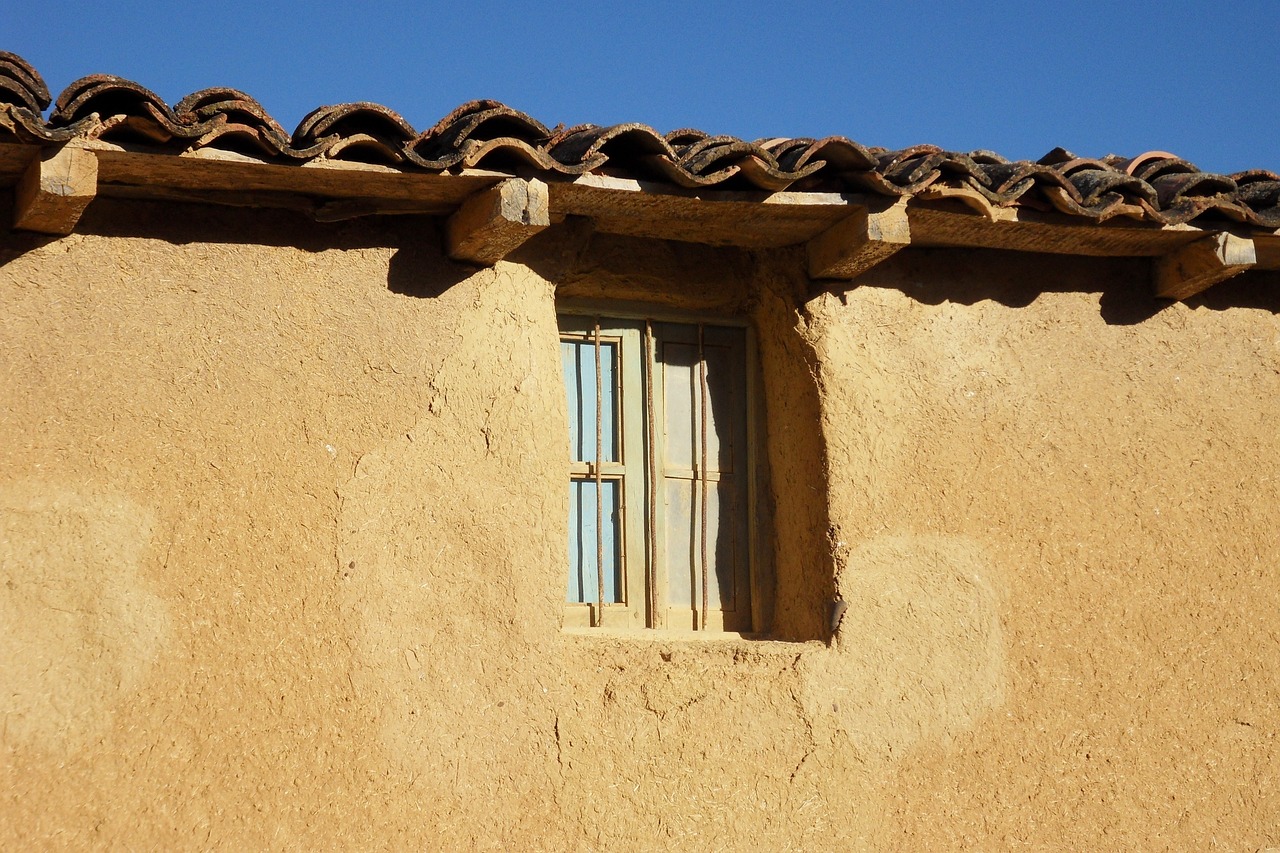
Rustic Centerpieces
Creating from branches can add a delightful charm to any table setting. Imagine sitting down to a meal surrounded by the warmth of nature, where each centerpiece tells its own story. The beauty of using branches lies not only in their natural aesthetic but also in the versatility they offer. You can transform a simple dining experience into a cozy gathering with just a few thoughtfully arranged elements.
To start, consider the size and shape of your table. A long, narrow table can benefit from a series of smaller arrangements, while a round table might be best complemented by a single, larger centerpiece. When selecting branches, look for those with interesting shapes or textures. For example, a twisted branch can serve as a stunning focal point, while a collection of straight branches can create a more structured look.
Once you’ve gathered your branches, think about how you want to arrange them. You might choose to place them in a rustic vase, or simply tie them together with twine for a more organic feel. Adding elements like moss, pinecones, or seasonal flowers can enhance the rustic vibe. These natural materials not only complement the branches but also introduce color and texture, making your centerpiece visually appealing.
For a truly unique centerpiece, consider layering different heights. Taller branches can be placed in the center, while shorter ones can surround them, creating depth and interest. You can also incorporate candles for a soft, inviting glow. Just be sure to use flameless candles if you’re worried about fire hazards, especially if your branches are dry. The flickering light will add a magical touch to your rustic arrangement.
Here’s a simple table to summarize some key elements to consider when creating your rustic centerpiece:
| Element | Purpose |
|---|---|
| Branches | Serve as the main structure and focal point |
| Vase or Container | Holds the branches and adds style |
| Moss | Adds texture and a natural feel |
| Candles | Provides ambiance and warmth |
| Seasonal Flowers | Introduces color and liveliness |
In summary, crafting rustic centerpieces from branches is not just about the materials you use; it’s about creating a welcoming atmosphere that invites conversation and connection. So next time you host a dinner, remember that a simple branch can transform your table into a stunning display of nature’s beauty. Embrace your creativity, and let your centerpieces reflect your personal style!
Q: What types of branches are best for centerpieces?
A: Look for branches that are sturdy and visually interesting, such as willow, birch, or driftwood. These types often have unique shapes and textures that enhance your design.
Q: How do I ensure the branches are safe to use?
A: Always clean and treat your branches before use. This prevents mold and decay. If you’re unsure, opt for branches from a reputable source or store.
Q: Can I use artificial branches?
A: Absolutely! Artificial branches can provide a consistent look and require less maintenance. They’re great for creating year-round centerpieces without worrying about wilting.

Wall Art Creations
Transforming branches into wall art is not just a creative endeavor; it's a way to bring the beauty of nature indoors. Imagine walking into a room where the walls tell a story, adorned with unique pieces that capture the essence of the outdoors. The process of crafting wall art from branches allows you to express your personality while adding a rustic charm that can complement any decor style. Whether you prefer a minimalist approach or a more elaborate design, there are countless ways to incorporate branches into your wall art.
To start, consider the size and shape of the branches you want to use. Larger branches can serve as a stunning focal point, while smaller twigs can create intricate patterns and textures. You might want to experiment with different lengths and thicknesses to create a dynamic look. For instance, a large, gnarled branch can make a bold statement when mounted on a canvas, while a collection of slender twigs can form a delicate, layered effect. The key is to let your creativity flow and not be afraid to try different arrangements.
When arranging your branches, think about the overall composition. A great technique is to create a visual balance. You can achieve this by varying the heights and angles of the branches, which adds depth and interest to your artwork. For example, you could place a long, sweeping branch diagonally across a frame, then balance it with shorter, upright twigs on the opposite side. This not only draws the eye but also creates a sense of harmony within the piece.
Additionally, consider incorporating other elements into your wall art for added flair. For instance, you might want to intertwine some string lights around the branches to create a magical glow in the evening. Alternatively, adding small decorative items like feathers, shells, or even photographs can create a more personalized touch. These elements can serve as conversation starters and truly make your wall art a reflection of your style.
Once you've finalized your arrangement, it's time to secure the branches. You can use a hot glue gun for a quick and easy fix, or opt for a more permanent solution like nails or screws if you're working with heavier pieces. If you want to take it a step further, consider framing your branch art. A simple wooden frame can enhance the natural aesthetic and provide a polished finish to your creation.
Finally, don’t forget to hang your masterpiece in a spot where it can shine! A well-placed piece of branch art can become the centerpiece of a room, drawing attention and admiration from all who enter. So, grab those branches, unleash your imagination, and let your walls come alive with the beauty of nature!
- What types of branches are best for wall art? Look for branches that are sturdy and visually interesting, such as willow, birch, or driftwood. These types tend to have unique shapes and textures that can enhance your design.
- How do I ensure my branch art lasts? Properly treat and seal your branches with a wood finish or sealant to protect them from moisture and pests, ensuring longevity.
- Can I paint the branches? Absolutely! Painting branches can add a pop of color to your wall art. Just make sure to use non-toxic paint if you plan to display it indoors.
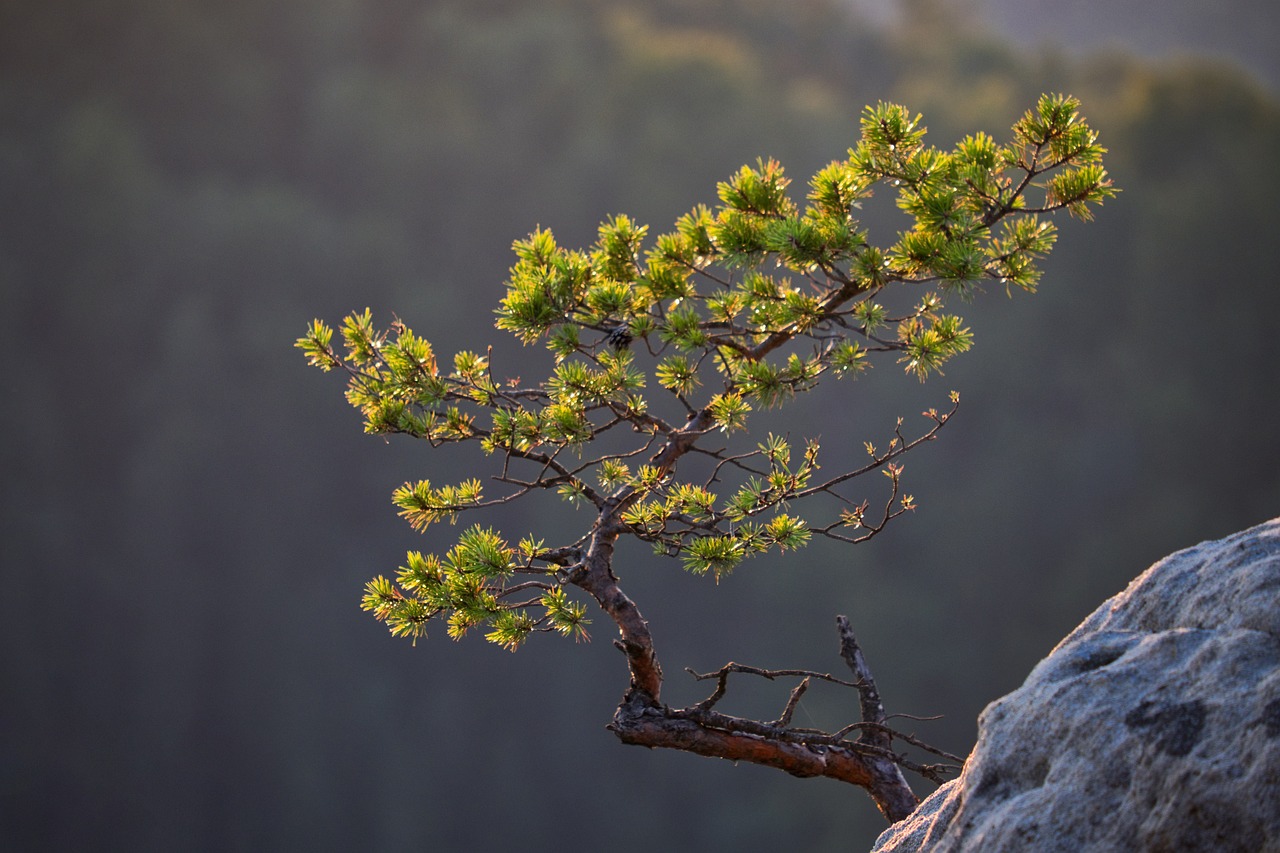
Incorporating Other Materials
When it comes to DIY branch decorations, the possibilities are truly endless! One of the best ways to elevate your creations is by . By blending branches with various elements, you can achieve a cohesive and stunning aesthetic that captures attention and sparks conversation. Imagine walking into a room where rustic branches intertwine with vibrant flowers or twinkling lights, creating a warm and inviting atmosphere. Sounds amazing, right? Let’s dive into some fantastic ideas on how to mix and match!
First off, consider adding florals. The combination of branches and flowers can create a striking contrast that highlights the beauty of both elements. When choosing flowers, opt for those that complement the natural tones of the wood. For instance, bright sunflowers or delicate white daisies can bring a cheerful vibe, while deep red roses can add a touch of elegance. Arrange the flowers in clusters around the branches, allowing some to cascade down for a whimsical effect. This not only enhances the visual appeal but also adds a delightful fragrance to your space.
Next, let’s talk about lighting. Incorporating lights into your branch decorations can dramatically change the ambiance of a room. Imagine a cozy evening where fairy lights are delicately wrapped around a branch centerpiece, casting a soft glow that creates a magical atmosphere. You can use battery-operated fairy lights for a hassle-free option, or even place candles strategically among the branches to add warmth. If you’re feeling adventurous, try creating a branch chandelier by suspending branches from the ceiling and draping lights over them. This will not only serve as a stunning focal point but also provide soft lighting that enhances your decor.
To give you a better idea of how to incorporate these materials, here’s a simple table summarizing some popular combinations:
| Material | Effect | Tips |
|---|---|---|
| Florals | Brighten up the decor | Choose colors that complement the branches |
| Fairy Lights | Create a cozy ambiance | Use battery-operated lights for ease |
| Candles | Add warmth and romance | Ensure safety by using flameless options |
Finally, don’t shy away from experimenting with textiles and paint. Wrapping branches with fabric strips or twine can add texture and color, while a splash of paint can transform the natural wood into a statement piece. Consider using metallic paint for a modern twist or earthy tones for a more rustic feel. The key is to let your creativity flow and have fun with the process!
Q: What types of branches are best for decorations?
A: Look for branches that are sturdy and visually appealing. Consider using branches from trees like birch, willow, or even driftwood for unique textures.
Q: How do I ensure the longevity of my branch decorations?
A: Properly clean and treat your branches before use. Applying a sealant can protect against moisture and pests, ensuring they last longer.
Q: Can I use artificial flowers with branches?
A: Absolutely! Artificial flowers can provide consistent color and require less maintenance, making them a great choice for long-lasting decor.

Adding Florals
Incorporating florals into your branch decorations can create a stunning visual contrast that breathes life into your home decor. Imagine the natural textures of branches intertwined with vibrant blooms, creating a harmonious blend that captivates the eye. The key to successfully adding florals is to choose the right types of flowers that complement the natural hues and shapes of the branches. For instance, wildflowers can enhance the rustic charm, while succulents can bring a modern twist to your arrangements.
When selecting florals, consider the following factors:
- Color Palette: Choose flowers that either match or contrast with the colors of your branches. Soft pastels can create a gentle look, while bold colors can make a statement.
- Size and Shape: Ensure that the size of the flowers is proportionate to the branches. Large blooms can overpower slender branches, while tiny flowers might get lost among thicker ones.
- Seasonality: Seasonal flowers not only look fresh but also resonate with the time of year, adding a touch of seasonal charm to your decor.
Arranging flowers with branches can be as simple or as intricate as you desire. Start by securing the branches in a vase or a decorative container. Then, gently insert the flowers into the arrangement, ensuring that they are evenly distributed to create balance. Don't shy away from experimenting with different heights and angles; this will add depth and interest to your display.
For a more cohesive look, consider using a floral foam block to hold the flowers in place. This allows you to create a more structured arrangement, ensuring that your flowers stay fresh and vibrant for longer. Additionally, you might want to incorporate some greenery, such as ferns or ivy, to fill in gaps and add lushness to the overall design.
To elevate your floral branch decorations even further, think about using a touch of colorful ribbon or twine to tie the arrangement together. Wrapping the base of the branches with a natural fiber can enhance the rustic feel while also providing a neat finish. Ultimately, the combination of branches and florals not only showcases your creativity but also adds a personal touch to your living space.
Q: What types of flowers work best with branch decorations?
A: Flowers such as wildflowers, succulents, and seasonal blooms are great choices. It’s important to match the size and color of the flowers with the branches for a harmonious look.
Q: How can I keep my floral arrangements fresh longer?
A: Using floral foam can help keep flowers hydrated. Additionally, regularly changing the water and trimming the stems can extend the life of your arrangement.
Q: Can I use artificial flowers with branches?
A: Absolutely! Artificial flowers can provide longevity and are perfect for creating arrangements that last year-round without the need for maintenance.
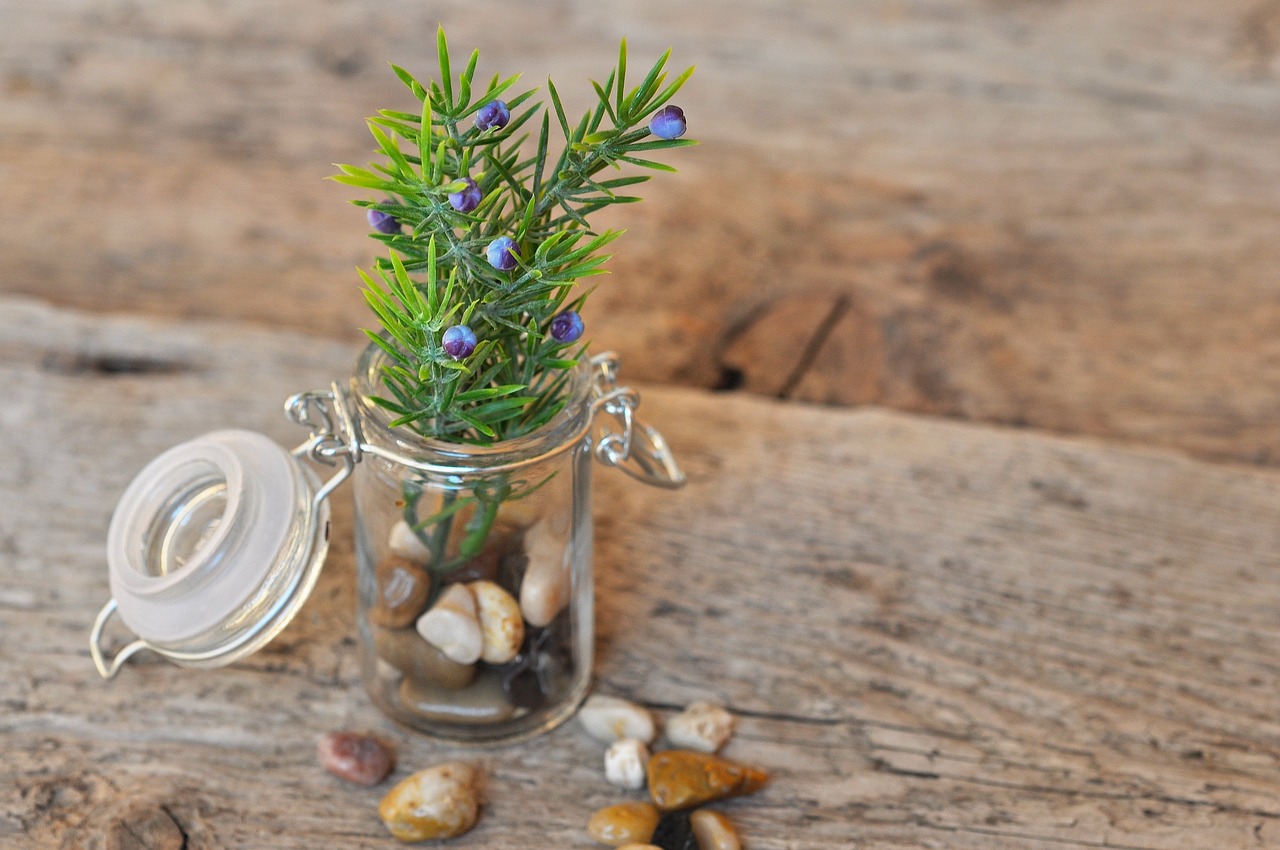
Using Lights
When it comes to enhancing your branch decorations, lighting can truly work wonders. Imagine walking into a room that’s softly illuminated by the warm glow of fairy lights intertwined with rustic branches. It creates an inviting atmosphere that instantly captures attention. But how do you effectively incorporate lights into your branch décor? Let’s dive into some creative approaches that can transform your space.
First and foremost, consider the type of lights you want to use. Fairy lights are a popular choice due to their delicate appearance and versatility. They can be wrapped around branches, draped across them, or even hung from the ceiling to create a whimsical effect. The key is to choose lights that complement the natural textures of the wood. For instance, warm white lights can enhance the rustic feel, while colored lights can add a playful touch to your decorations.
Another fantastic option is to use LED candles. These are perfect for those who want to avoid the risks associated with real flames. You can place them strategically among the branches to create a cozy, candlelit ambiance. Imagine a centerpiece on your dining table featuring branches with flickering LED candles peeking through—a stunning focal point for any gathering!
For a more dramatic effect, consider using spotlights or string lights that can be directed at your branch arrangements. This technique can highlight specific elements of your design and create captivating shadows on the wall. Positioning lights at varying angles can add depth and intrigue to your decorations. Just think of it as painting with light—where the branches become your canvas!
When setting up your lights, it's essential to plan the layout carefully. You might want to sketch a simple design before you start. Here’s a quick breakdown of how to effectively arrange your lights:
- Start with a base of branches, ensuring they are securely placed.
- Wrap or drape the lights around the branches, adjusting as needed for even coverage.
- Experiment with different placements—don’t be afraid to get creative!
- Finally, plug in the lights and step back to admire your handiwork.
Lastly, consider the power source for your lights. Battery-operated options provide flexibility, allowing you to place your decorations anywhere without worrying about cords. On the other hand, plug-in lights can offer brighter illumination, perfect for larger displays. Whichever option you choose, just remember to keep safety in mind. Avoid overloading circuits, and ensure that any electrical components are suitable for indoor use.
In conclusion, incorporating lights into your branch decorations not only enhances their visual appeal but also creates a warm and inviting atmosphere. Whether you opt for fairy lights, candles, or spotlights, the right lighting can elevate your décor from simple to stunning. So go ahead, let your creativity shine and illuminate your home with beautiful branch decorations!
Q: Can I use real candles with branch decorations?
A: While real candles can create a beautiful ambiance, it’s important to exercise caution. Ensure that the branches are placed safely away from the flame to prevent any fire hazards. Consider using LED candles for peace of mind.
Q: What type of branches work best for lighting decorations?
A: Thin, flexible branches are ideal for wrapping lights around. However, sturdier branches can also be used as a base for hanging lights or candles, depending on your design.
Q: How can I make my branch lights more festive?
A: Adding seasonal decorations such as ornaments, ribbons, or even seasonal foliage can enhance the festive feel. It’s all about layering and getting creative!
Frequently Asked Questions
- What types of branches are best for DIY decorations?
When selecting branches for your DIY projects, look for those that are sturdy and visually appealing. Willow, birch, and maple are popular choices due to their flexibility and unique textures. Additionally, consider the size and shape of the branches to ensure they fit your design vision.
- How do I clean branches before using them in my projects?
Cleaning branches is essential to enhance their appearance. A simple method is to soak them in soapy water for a few hours to loosen dirt. After soaking, use a soft brush to scrub off any remaining grime, then rinse thoroughly and allow them to dry completely.
- What are some effective drying methods for branches?
To prevent mold and decay, it's crucial to dry your branches properly. You can air dry them in a well-ventilated area or use a fan to speed up the process. For quicker results, placing them in a warm, dry spot away from direct sunlight can also help.
- How can I treat branches to make them last longer?
Applying a protective finish can significantly extend the life of your branches. Consider using a clear sealant or wood finish that protects against moisture and enhances the natural grain. Always follow the manufacturer's instructions for the best results.
- What are some creative design ideas for branch decorations?
There are countless ways to incorporate branches into your home decor! You can create rustic centerpieces by arranging branches with flowers or use them to make stunning wall art. The key is to let your imagination run wild and experiment with different arrangements.
- Can I combine branches with other materials for my decorations?
Absolutely! Blending branches with other elements like florals, lights, or fabric can elevate your designs. For example, adding fairy lights can create a magical ambiance, while flowers can add a pop of color and softness to your arrangements.



















